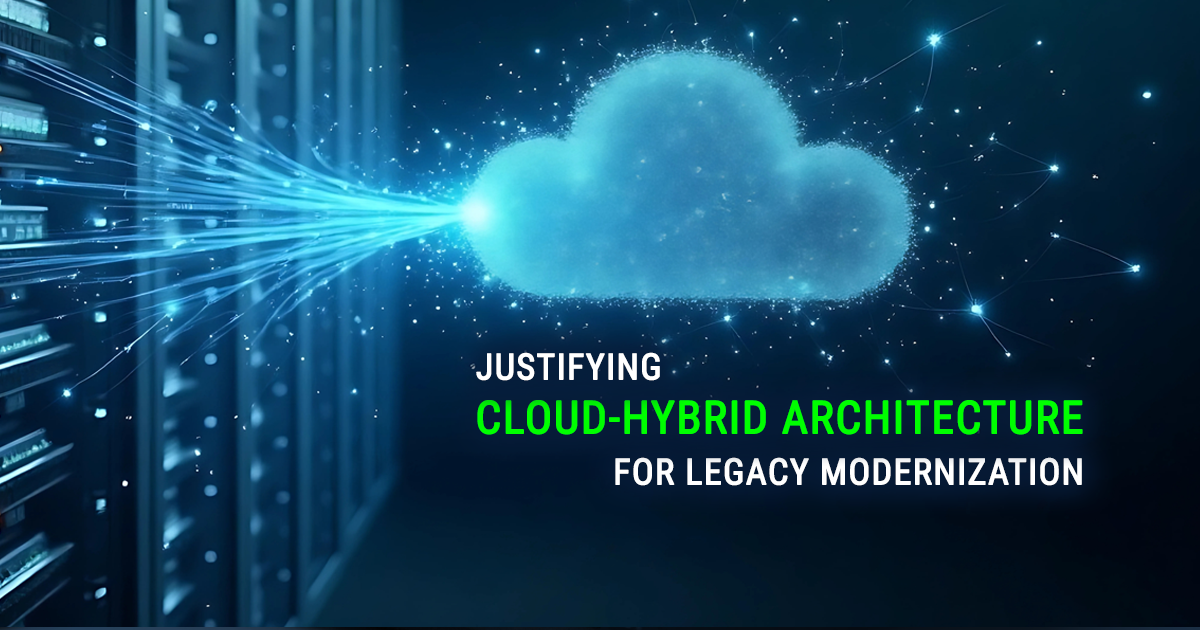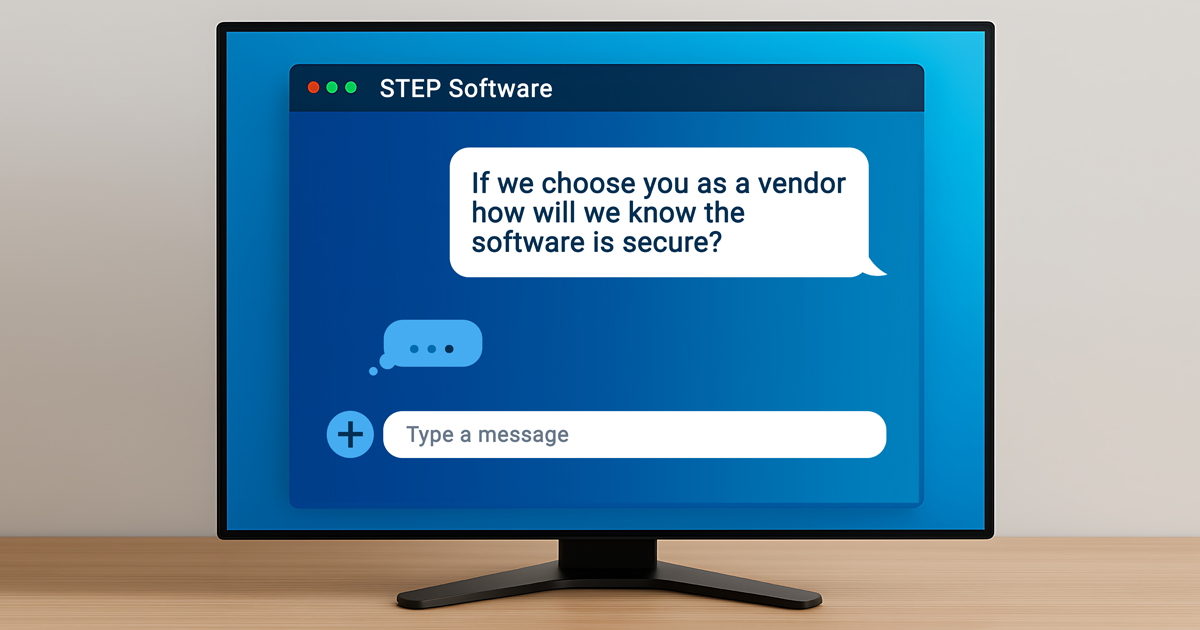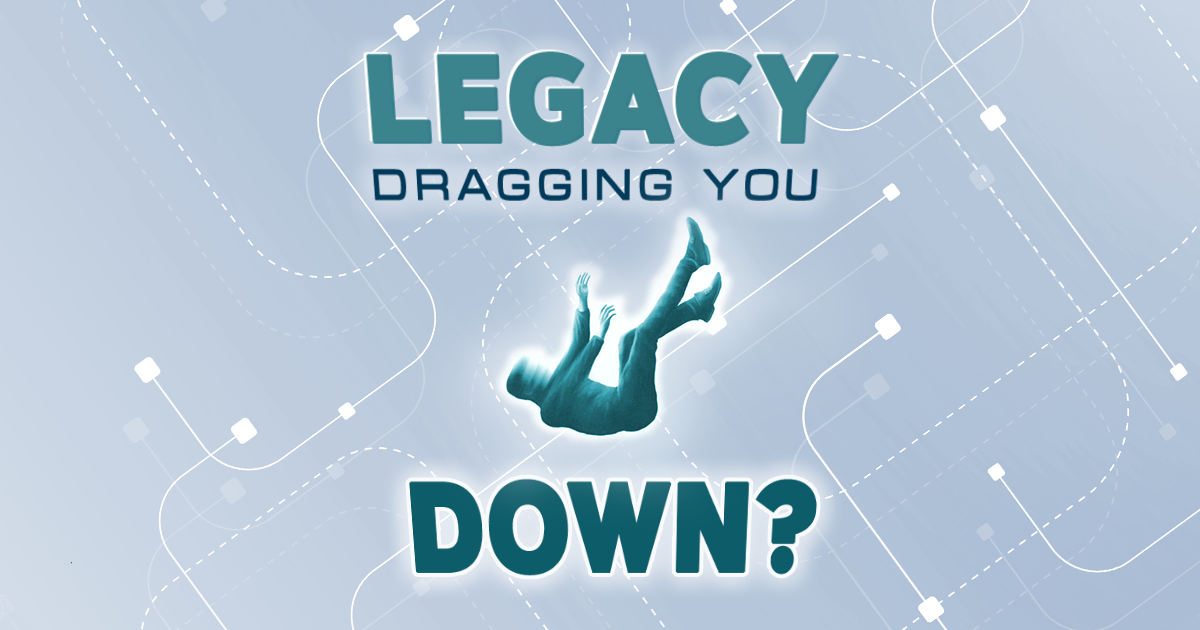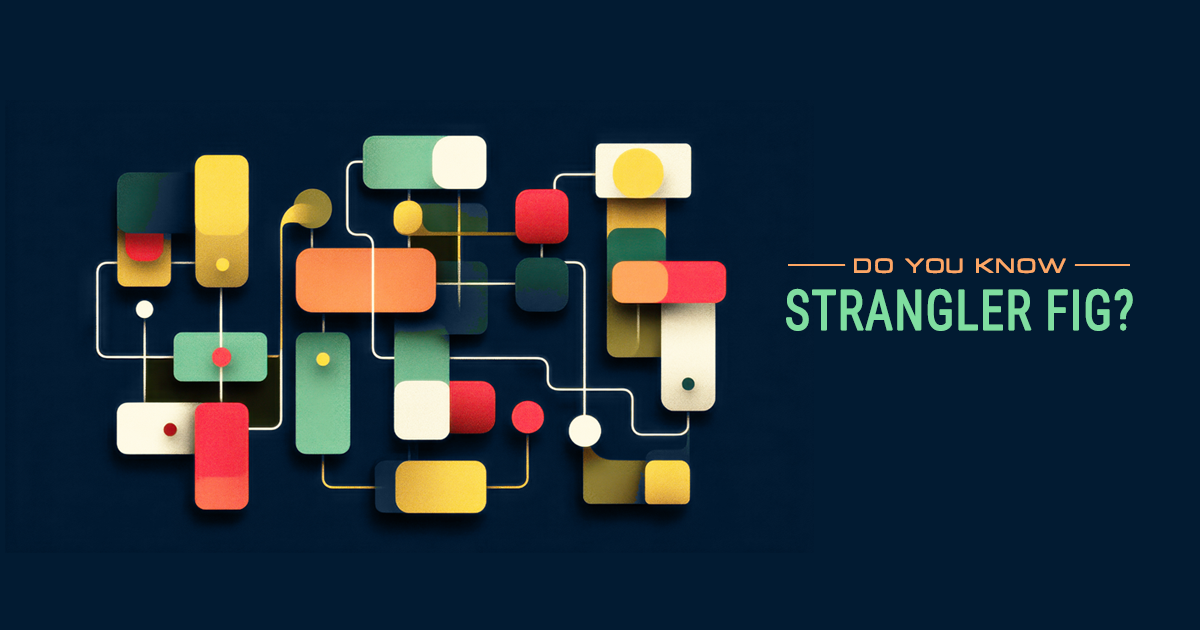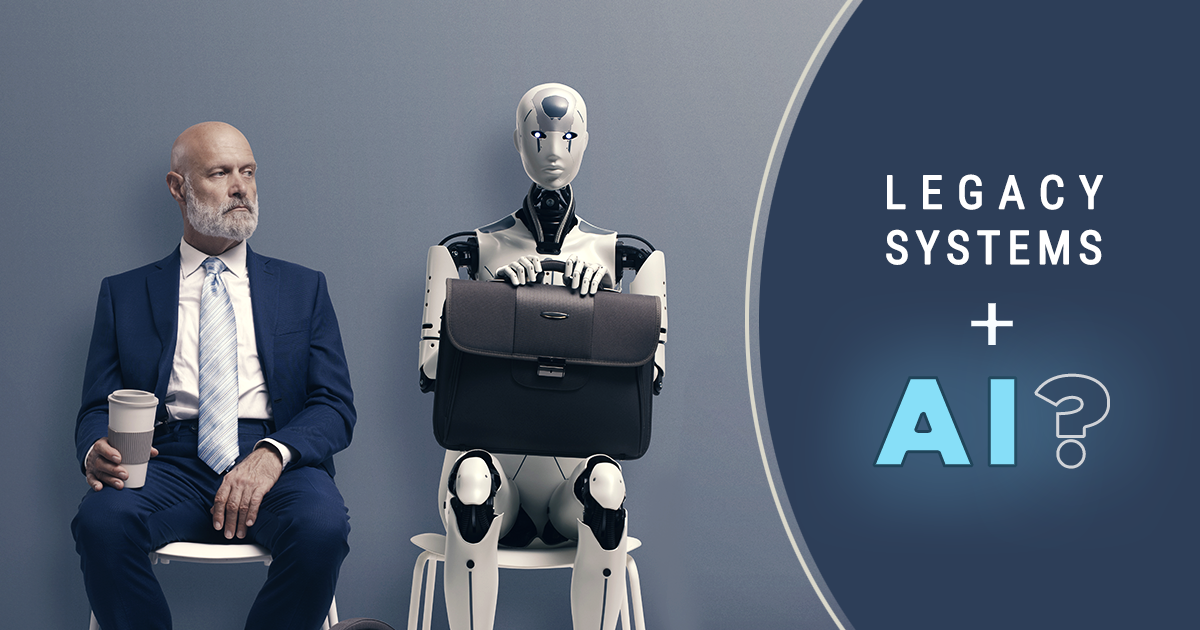Tag: software
As we come to the close of another year, CIOs are continuing to face legacy software challenges and 2026 doesn’t appear to be any different. CFOs are seeing line items for cloud-hybrid architecture on budgets and are pushing back, asking “is this a critical need or a frivolous nice to have?”
For our last technical blog of 2025 we dive into this budget line item, breaks down what it is, why it is important (especially when legacy issues are on the radar) and add in some strategies to help get this cost-effective legacy modernization approach on your 2026 budget (if you are still making...
10 Cybersecurity Questions to Ask Your Software Vendor (Before You Sign Anything)
When you hire a software development firm, you’re not just buying code; you’re trusting someone to build a digital extension of your business. It’ll hold your data, power your operations, and (if done wrong) provide a nice open window for cybercriminals to crawl through.
We’ve compiled a list of questions to help you ensure your custom software is not a cyber-liability. No technical degree required; you just need to know what to listen for.
Q1: Do you follow a Secure Software Development Life Cycle (SDLC)?
This is software lingo for “Do you think about security from the...
Innovation Drag: How Legacy Systems Hold Back IT Teams, Budgets, and Modernization
In the modern enterprise, agility and speed are no longer competitive advantages—they are survival tools. Yet for organizations, legacy systems act like an anchor, slowing progress and draining resources. “Innovation drag” or the friction that leads to the slowdown, prevents IT teams from kicking off digitization and modernization projects at the pace business demands.
Innovation drag can quietly undermine an organization’s ability to compete, and throttle team momentum.
What Is Innovation Drag?
Innovation drag (from an IT perspective) is the reduction of a team’s capacity to...
Modernizing Legacy Systems with the Strangler Fig Pattern: Best Practices, Risks & Financial Implications
Legacy systems—while often reliable—are frequently known to be a major bottleneck for innovation. Businesses tied to outdated platforms face higher maintenance costs, slower delivery cycles, and increased security risks. Yet the path to modernization is laden with challenges, especially for mission-critical systems. This is where the Strangler Fig Pattern offers a compelling, low-risk solution.
We touched on the Strangler Fig in our previous blog post about composable architecture and thought it warranted its own post. In this blog we will explore what the Strangler Fig Pattern is,...
Composable Architecture: A Smart Choice—or Risky Gambit?
Composable architecture—a modular, API-first model built from discrete, interchangeable services—is rapidly gaining traction. We’ve written about it in the past, but Gartner predicts that 70% of large and midsize organizations will consider composability a key success criterion, and it may accelerate feature delivery by up to 80% (Newstack.io). However, as with any architectural paradigm, it comes with trade-offs.
Advantages
Faster Time to Market & Agility Organizations using composable systems launch new features up to 80% faster, driven by reusable components...
Legacy Software + AI?
What Tech Leaders Need to Know Before Jumping on the AI Bandwagon
For many organizations, legacy software systems are both mission-critical and increasingly difficult to manage. These systems often sit at the heart of business operations, yet struggle to keep pace with modern demands, integrate poorly with new tools, and are costly to maintain. Traditionally, updating or replacing these systems has been a slow, high-risk endeavor. But, with the rise of Artificial Intelligence (AI), tech leaders now have a powerful new option to support, modernize, and even revitalize legacy...
AI Adoption in B2B Business — And the Challenges It Creates for Tech Leaders
Artificial Intelligence (AI) is no longer an experimental tool—it’s now a core driver of innovation, efficiency, and competitive advantage for B2B companies across virtually every industry. From automating workflows to generating predictive insights, AI is enabling organizations to streamline operations, improve customer experiences, uncover risk and unlock new revenue streams.
However, while the promise of AI is vast, its adoption brings complexity and concern; especially for senior technical staff and IT leaders tasked with integrating it responsibly and effectively. In...
The True Cost of Technical Debt — And How IT Leaders Are Tackling It in 2025
In today’s digital-first economy, the pressure to innovate faster than the competition is unrelenting. But in that urgency, many organizations find, when looking back, that they cut corners; choosing short-term fixes over scalable, sustainable solutions. The result? Technical debt — a growing challenge that affects productivity, innovation, business continuity and even client relationships.
While some technical debt is strategic and manageable, much of it becomes a silent killer, slowly eroding an organization’s ability to evolve. In 2025, IT leaders are treating tech debt as a...
Stability at Speed, Innovation at Scale: Explore What We Can Do for You
At STEP Software we know that choosing a software development partner is a critical business decision. Whether you’re looking to modernize legacy systems, build a custom platform from the ground up, or scale your digital infrastructure, it’s essential to understand who you’re working with and what they bring to the table.
That’s why we’ve created an updated Capabilities Deck, now available for download directly from our website. It’s designed to give you a clear, concise overview of our technical expertise, industry experience, and the value we deliver on every...
This is Your Legacy: Integrate new technology with your existing software
In the fast-paced world of tech, the appeal of replacing legacy software systems with sleek, modern alternatives can be compelling. Buzzwords like “digital transformation” and “cloud-native” are dominating boardroom conversations, and vendors are encouraging businesses to take an ‘out with the old and in with the new’ approach. However, this mindset often overlooks a critical truth: integrating new technology while maintaining and optimizing legacy systems can often be a more strategically sound choice and a fiscally responsible one, for many organizations.
Legacy Systems: The...
